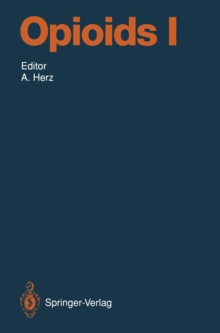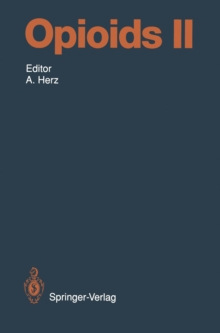
Reactive Oxygen Species : Network Pharmacology and Therapeutic Applications Hardback
Edited by Harald H. H. W. Schmidt, Pietro Ghezzi, Antonio Cuadrado
Part of the Handbook of Experimental Pharmacology series
Hardback
Description
Reactive oxygen species (ROS) have been implicated in almost every human disease phenotype, without much, if any, therapeutic consequence foremost exemplified by the failure of the so-called anti-oxidants.
This book is a game changer for the field and many clinical areas such as cardiology and neurology.
The term ‘oxidative stress’ is abandoned and replaced with a systems medicine and network pharmacology-based mechanistic approach to disease.
The ROS-related drugs discussed here target either ROS- forming or ROS -modifying enzymes for which there is strong clinical evidence.
In addition, ROS targets are included as they jointly participate in causal mechanisms of disease.
This approach is transforming the ROS field and represents a breakthrough in redox medicine indicating a path to patient benefit.
In the coming years more targets and drugs may be discovered, but the approach will remain the same and this book will thus become, and for many years remain, the leadingreference for ROSopathies and their treatment by network pharmacology. Chapter "Soluble Guanylate Cyclase Stimulators and Activators" is available open access under a Creative Commons Attribution 4.0 International License via link.springer.com.
Information
-
Out of Stock - We are unable to provide an estimated availability date for this product
- Format:Hardback
- Pages:425 pages, 70 Illustrations, color; VIII, 425 p. 70 illus. in color.
- Publisher:Springer Nature Switzerland AG
- Publication Date:24/02/2021
- Category:
- ISBN:9783030685096
Information
-
Out of Stock - We are unable to provide an estimated availability date for this product
- Format:Hardback
- Pages:425 pages, 70 Illustrations, color; VIII, 425 p. 70 illus. in color.
- Publisher:Springer Nature Switzerland AG
- Publication Date:24/02/2021
- Category:
- ISBN:9783030685096










